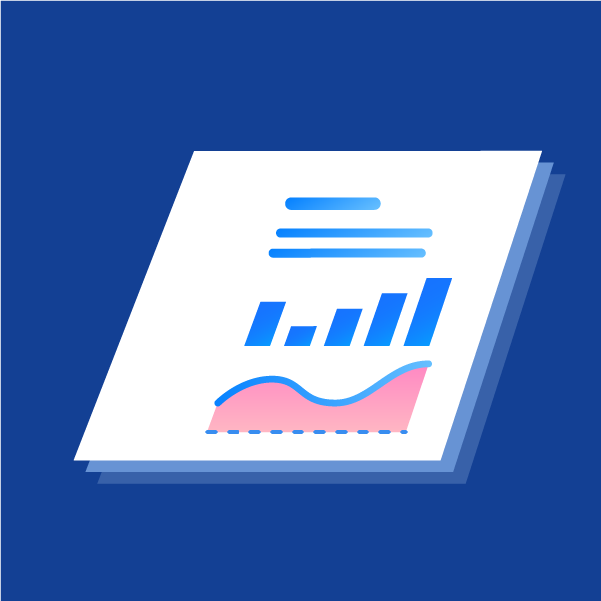What Is a Digital Experience Platform?


DXPs Try to Solve a Big Problem: Customer Obsession
DXPs Try to Solve a Big Problem: Customer Obsession
- Digital channels (web, mobile, and social media) have become the dominant ways customers interact with companies.
- Those customers expect great experiences like Google, Apple, and Facebook.
- Social media in particular provides unstructured ways for customers to engage with and influence public sentiment for companies.
- Mobile devices provide location and immediacy, giving companies more ways to keep in touch with customers.
- Data insight is making it possible to target an audience segment of one person with a highly personalized experience.
- Digital technology makes it possible for upstarts to disrupt traditional industries: WealthFront for wealth management, LendingClub for financial products, and the oft-cited Uber and Airbnb in transportation and lodging—and all deliver a much better customer experience.
Understand the Market: DXPs Come From Heritage Categories
Understand the Market: DXPs Come From Heritage Categories
- CMS-heritage DXPs focus on the needs of marketing departments and creative agencies. Customer data they collect tend to be anonymous and generalized into audience segments. Most business problems solved by these products are related to the acquisition of customers: generating awareness and interest, targeting offers, and accelerating purchases. They do particularly well in B2C (retail, fashion) scenarios where the sales cycle is short and transactional, and audiences are large.
The leading CMS-heritage DXPs have strong offerings for web-based analytics, user segmentation, advertising campaigns, and email campaigns. These are often provided by products in the platform suite, but because they are separate (and likely acquired from other vendors) they may be less or more well integrated with each other.
Some CMS-heritage DXPs have tried to add portal-like features like logged-in experiences, and some include commerce capabilities; the latter are often the result of an acquisition or partnership.
- Portal-heritage DXPs, given their background in providing customer portals, are particularly suited for nurturing long-term customer relationships after the sale. Customer data is specific to each individual and is handled securely. These DXPs help companies understand the factors that lead to customer loyalty, retention and renewal. They may help calculate well-known metrics like Net Promoter Score. They can often help you provide customer service, including both self-service and representative-assisted issue resolution.
Portal-heritage DXPs also support digital workplace scenarios (traditionally intranets, though digital workplace solutions must be much more dynamic and engaging) and scenarios for engaging supporting audiences such as partners, suppliers, and franchisees. A full digital transformation strategy can potentially encompass all of these groups, which play important roles in supporting strong customer experiences.
Good portal-heritage DXPs should also have a strong story around integration, which is essential to deep digital transformation of business operations, according to Forrester. Management of reusable services and modules is helpful when strategy is evolving quickly.
Some portal-heritage DXPs include a broad feature set, including content management, targeting, mobile support, workflow, and forms; others concentrate mainly on the presentation layer.
- Commerce-heritage DXPs are used in online shopping scenarios by companies in retail and related industries. In addition to product-related content delivery to e-commerce-style web interfaces, these products usually also provide capabilities around inventory management, shopping cart, payment integration, check-out and fulfillment. Though these features aren’t strictly related to digital experience management, it’s clear that a great digital retail experience requires seamless integration to these functions, which come naturally to commerce-heritage DXPs.
Naturally, commerce-heritage DXPs are also adding adjacent capabilities, though in a commerce-centric way. For example, many commerce products have needed to add content management capability to support the promotion of products in the catalog.
| CMS-heritage | Portal-heritage | Commerce-heritage | |
|---|---|---|---|
|
Sample Vendors |
Adobe Experience Manager (formerly Day CQ5; part of Adobe Marketing Cloud) Sitecore Experience Platform (formerly Sitecore CMS)
|
Backbase Customer Experience Platform Liferay Digital Experience Platform (includes the former Liferay Portal product and additional supporting products) |
Hybris (acquired by SAP) Broadleaf Commerce Demandware |
|
Business type |
B2C, especially transactional purchases |
B2B, or B2C with complex sales cycles and repeat business |
B2C, especially retail |
|
Industries |
Retail, fashion, advertising, media and broadcasting, entertainment, journalism |
Insurance, government, retail banking, manufacturing |
Retail, fashion, food, music/entertainment, electronics, travel, hospitality, telecommunications |
|
Customer Relationship Stage |
Pre-purchase |
Lead nurturing and qualification, on-boarding, customer service |
Pre-purchase, order fulfillment, returns |
|
Strengths |
Some of the leaders in this segment have mature email marketing, analytics, and ad spending tracking. |
Deep systems integration for improved customer experience comes naturally to portal-heritage DXPs, which also store data for individuals, not just segment data. |
Retail transactions in e-commerce scenarios are a natural fit for commerce-heritage DXPs. |
|
Weaknesses |
CMS-heritage DXPs are less likely to have individual customer data and profiles, and are less suited for customer service scenarios. |
Some older portal-heritage DXPs may have the negative aspects of traditional portals, such as poor user experience and poor support for mobile. |
Some vendors in the segment have difficult-to-use content management systems with poor targeting capabilities. These are also not designed for deeper integration per se. These vendors also tend to be most relevant (limited) to retail scenarios, with functionality lacking in supporting more of the customer life cycle. |
Technology Evolves: How Are DXPs Different?
Digital Transformation or Digital “Experience”?
Digital Transformation or Digital “Experience”?
However, not all companies are prepared for that level of change, and may in the meantime want to start segmenting audiences in order to target personalized offers. Some vendors, particularly those that have had content management systems, can do this well.
Ideally, your platform will have both operational and marketing capabilities, so that even if you start with digital marketing, you won’t have to go through a second vendor selection process when you are ready for operational transformation.
Also, there isn’t just one way to achieve these goals. Using any category heritage of DXP in combination with an overall architecture for integration and modular services can get you there.


